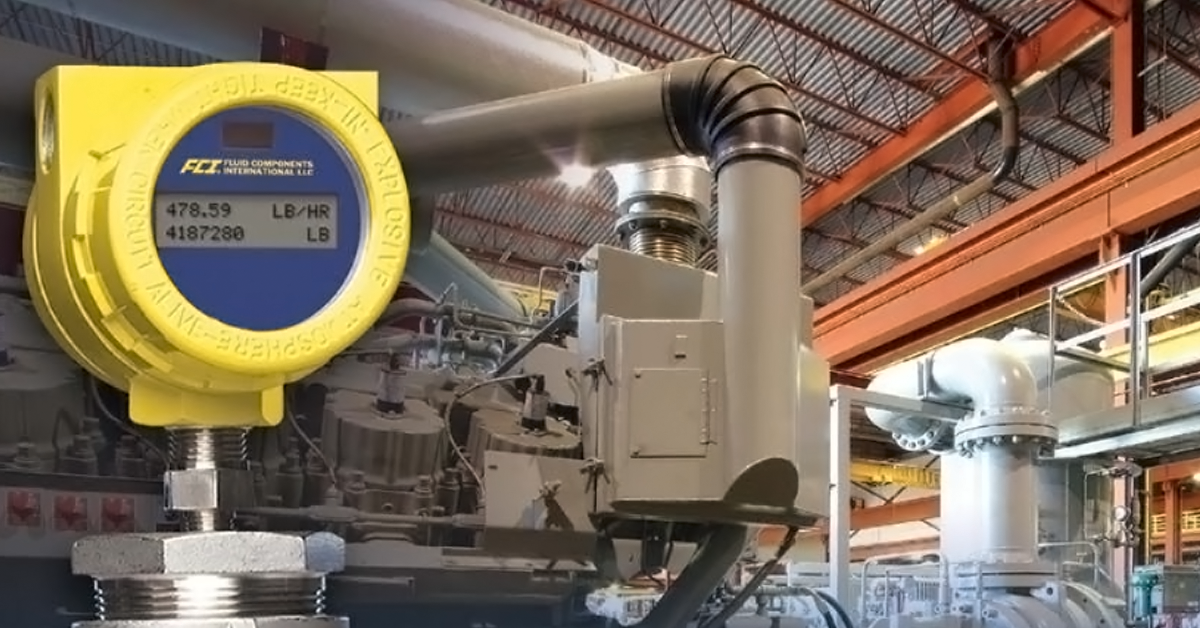Most of the articles I contribute to the Synergis blog tell how the use of Engineering Data Management (EDM) made a significant difference for a particular company. Or I write about a specific tool or procedure in Adept that can make improve an engineering group’s workflow. Today I want to step back and look at the basic ideas behind why EDM is so important.
Let’s start with an organizing idea. There are three kinds of knowledge in engineering:
- Know-What (facts)
- Know-How (processes)
- Know-Why (explanations)
Together, these three elements form a package, a complete product knowledge set. To gain total utility from all three levels, each one in order must be consciously and purposefully managed.
You can sit at an engineering workstation all day, but without Know-What knowledge, nothing will be accomplished. A thousand Know-What questions are part of the typical engineering day:
- What gauge of wire?
- How many cubic yards of concrete?
- Aluminum or steel?
- How deep the trench?
If you know or can find the answers, you can get on with your job. Having Know-What means you have the knowledge you need for basic productivity.
But productivity is the only the start. A tortoise is productive at walking; so is a horse. But I don’t see anybody putting saddles on tortoises. If facts (the Know-What) are the rider, then processes (the Know-How) are the horse. Every engineer learns basic processes for accomplishing their goals. Every engineering firm has specific approaches to their business. Call them best practices, work instructions, tasks, sequences ... every company has processes that put into action the engineering facts. Know-How allows productivity to become efficiency, as skills grow and processes are updated.
So far, we have Fact Knowledge providing the fuel for productivity and Processes Knowledge providing the fuel for efficiency. But successful engineering companies don’t stop with learning to be efficient. They learn to harness Know-Why. The oldest engineer in the company has learned things the hard way that, when shared, save others time and saves the company money. Know-Why applied to efficiency is how you get to innovation. In short:
- If you Know-What, you can repeat it (productivity)
- If you Know-How, you can improve it (efficiency)
- If you Know-Why, you can reinvent it (innovation)
So what does all this have to do with EDM? Installing an engineering data management system like Synergis Adept makes it possible to move more easily beyond facts and processes and into explanations, because a system is in place to digitally automate the use of facts and processes, allowing greater time and freedom to explore the explanations.
Dr. Mario Hirz of the University of Graz studies design and data management technologies and strategies. He writes about the importance of using automation in “guiding the core processes within a company.” One of the keys, Hirz says, is the ability to “trace all changes of product development and product documentation.” It is exactly this traceability, more than just automated storage and retrieval that provides the ability to take engineering into a virtuous spiral of continued innovation.
Creating and maintaining a complete record of engineering transactions is one of Adept’s most outstanding and useful capabilities. Usually this feature is discussed in terms of audits and regulatory compliance. But Hirz argues for bringing this Know-Why into the EDM environment not only for legal and financial reasons, but to help stoke the fires of continuous innovation.
Randall S. Newton is the principal analyst and managing director at Consilia Vektor, a consulting firm serving the engineering software industry. He has been directly involved in engineering software in a number of roles since 1985.

